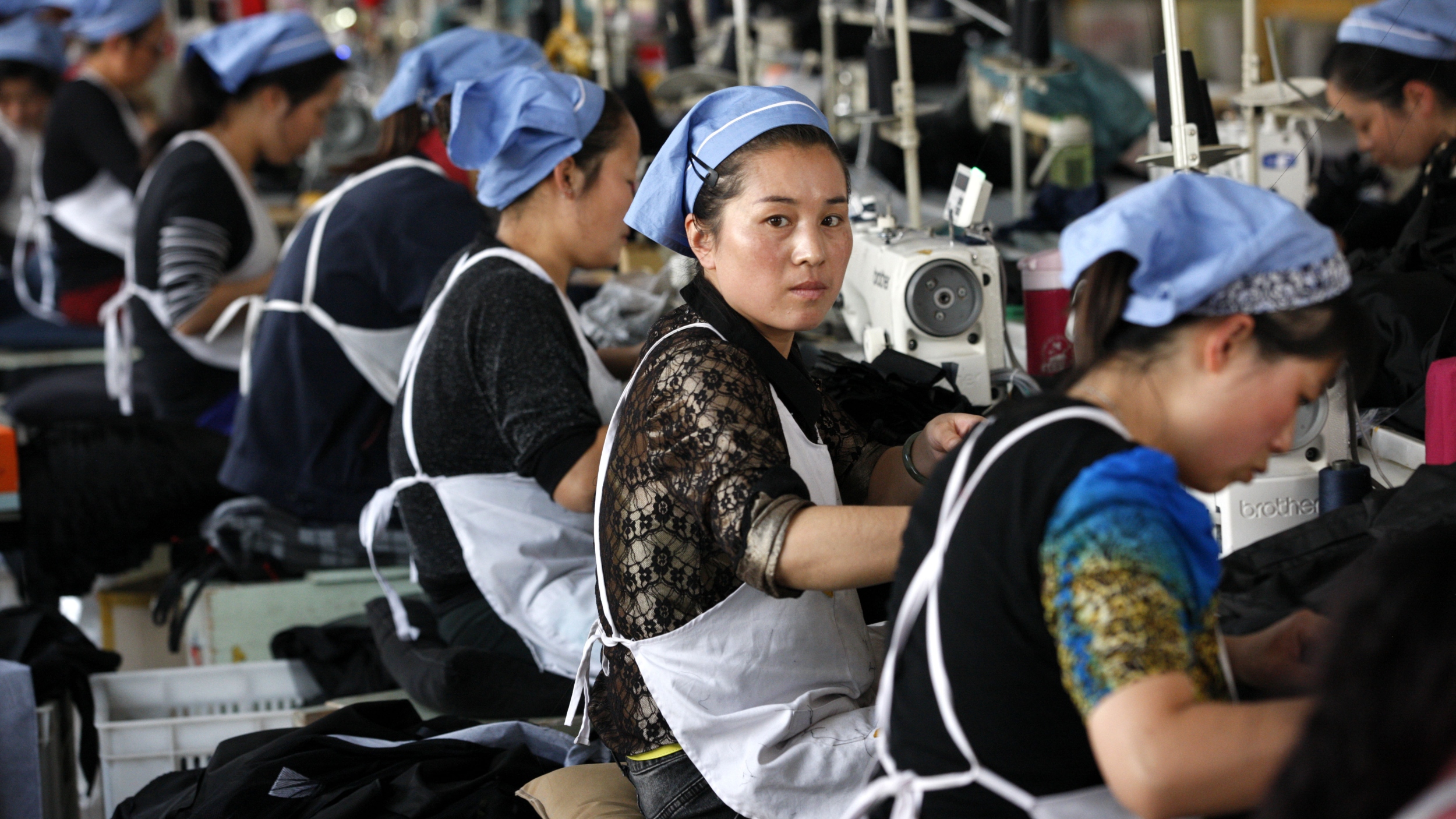Background: Current Trends in Production Labor Sourcing
Background
Imagine you walk into your facility, and see a group of semi-skilled workers who are reliable, show up on-time, and are trained to find ways to reduce waste through application of lean techniques. Your plant is not only running smoothly, but you have achieved over 15% production cost savings on an annual basis with no headcount reduction. You are able to spend your time working on strategic planning, coordination with marketing and sourcing teams, and have enough time to actively participate on lean and six sigma initiatives that are making your company more competitive and growing market share.
A dream? No – it is happening today. Many manufacturing organizations are seeing these benefits, through “Production Labor Sourcing” (PLS). PLS involves having a 3rd party completely manage the semi-skilled labor in one or more specific production cells to specific production requirements. The 3rd party is responsible for the total HR process, including comprehensive training, safety and daily management to reach required KPIs established by the management team. PLS goes far beyond a temporary staffing service where unskilled laborers are delivered to your front door and billed for hours worked.
The PLS provider is viewed as a “pure-play” semi-skilled labor source/manager for specific production requirements/units located within your facility. Most employer risks are moved to the PLS provider, including all payroll liabilities, employee benefits, job training/safety and OSHA risk. PLS removes any co-employment risk, turnover impact and rework costs. In essence, the PLS provider becomes a “company-within-your company”. PLS brings all the benefits of outsourcing manufacturing with significantly reduced risks, including issues with consistent quality, WIP turnaround and responsiveness. One company interviewed is using PLS to completely outsource a production line while overseeing the operation (quality) with one internal production manager. This line was originally identified to be off-shored to China. PLS costs are about equal to a fully loaded (out/in bound shipping, SCM logistics and the like) off-shore program.
Your dream could be realized in the next 3 to 6 months using PLS. This is a fast emerging trend that is perceived as a critical element that has impacted the competitive landscape and will increase dramatically within the next 3 to 5 years. All “Best-in-Class” manufacturing companies interviewed herein have deployed formal programs and validated key metrics to support this statement.
To document the impact and potential of PLS, we conducted a research study to develop key insights into the viability of this strategy by manufacturing executives, as well as the current state of PLS. We focused on the analysis of the current situation and the likely changes in this industry in the next 3 to 5 years. We validated and contradicted a set of hypotheses through focused interviews with hands-on subject matter experts in labor intensive US manufacturing.
The study was performed using a process consisting of facilitated brainstorming, structured interviews, primary data collection with multiple subject matter experts and secondary research to address the following critical questions:
- What is the current level of production labor sourcing in the United States?
- How much non-value-added time is spent on managing semi-skilled workers in manufacturing settings?
- What are the top concerns that manufacturers have with a contract labor force?
- What is the likelihood that this trend will continue to grow?
Our interviews were carried out with executives from multiple labor intensive Fortune 1000 manufacturing companies in the following sectors: office furniture, military equipment, energy equipment, pharmaceuticals, packaging, textiles, high-tech, construction equipment, and automotive components. Executives from production labor outsourcing firms were also interviewed and public information on their value chain/success analyzed.
- Categories:


